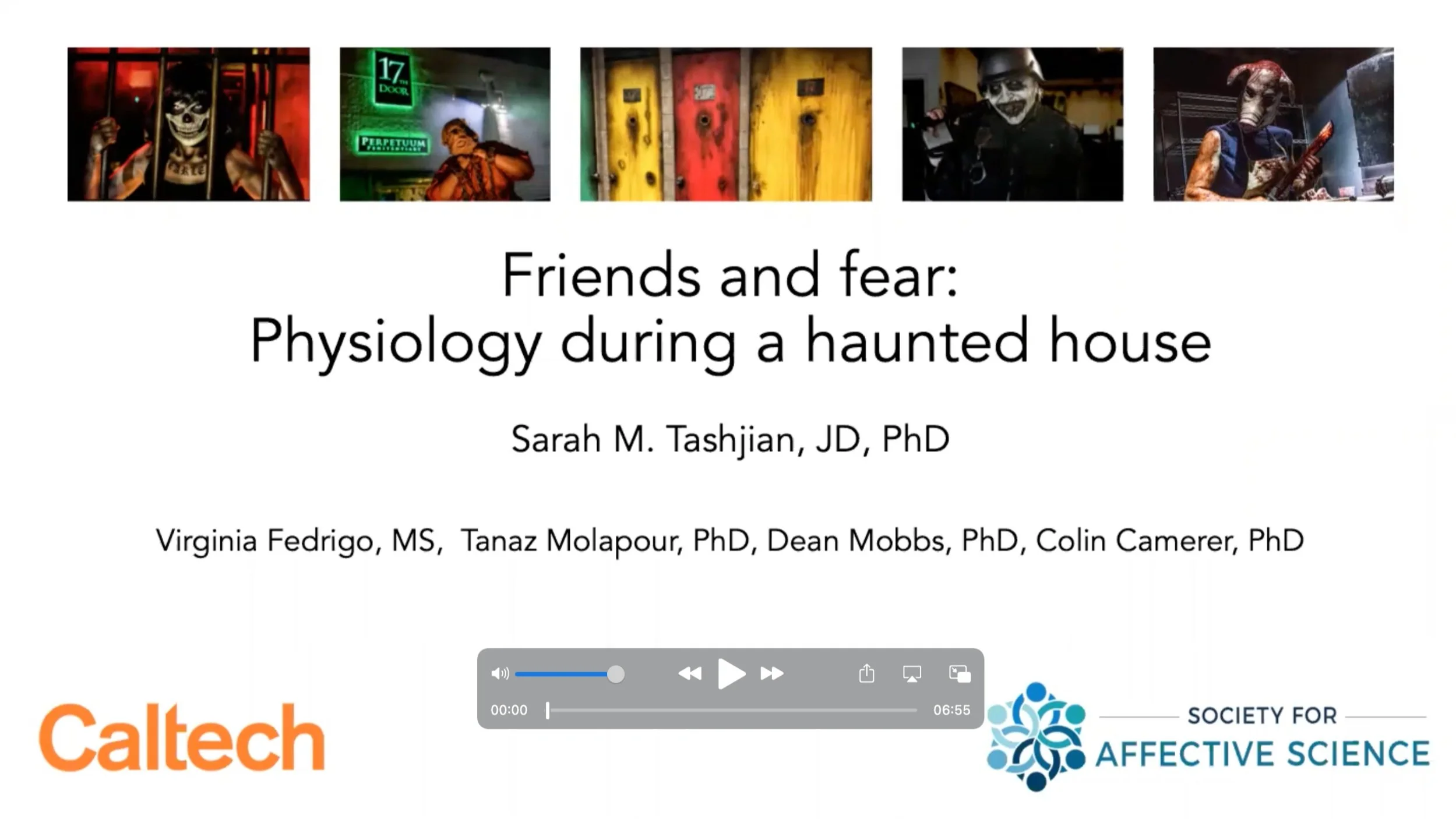Research Highlights
Dr. Tashjian received a 2026-2029 Australian ResearchCouncil (ARC) Discovery Project Grant to examine adaptive decision making under threat
Dr. Tashjian received a 2026-2028 Brain and Behavior Research Foundation Young Investigator Grant
Dr. Tashjian received a 2025-2030 National Health and Medical Research Council (NHMRC) Emerging Leader Investigator Grant
We are now running our longitudinal 7Tesla neuroimaging study on adolescent safety learning and anxiety development
Subregions in the ventromedial prefrontal cortex integrate threat and protective information to meta-represent safety
Model based control for protection compared to reward and threat
Safety and threat are processed in distinct subregions of the vmPFC
Negative online content has deleterious effects on executive functioning via dlPFC habituation
2021 Society for Affective Sciences Presentation
Tonic and phasic physiological responses are linked to external and internal threat factors
Distinct circuit- and region-level contributors to trustworthy judgments in the adolescent brain
Social Decisions
The adolescent brain is differentially responsive to varying types of social input, which relates to real-world prosociality
Altruism enhances efficacy of a prosocial intervention on adolescent psychological well-being
Shifts in Political Climate as Threat
Mesolimbic circuitry buffers psychological manifestations of acute election distress
Longitudinal increases in election distress are associated with altered neurobiological response to reward
Adverse Childhood Experiences and adult Ppsychopathology: A Latent Class Analysis approach
Adverse Childhood Experiences
Parent-child relationship dynamics are important for child sexual abuse disclosure
Sleep, Brain, and Behavior
Worse sleep quality is associated with reduced default mode network connectivity in adolescents
Sleep duration and sleep quality have distinct effects on neural systems supporting threat perception in adolescents
Age may be a proxy for other co-occurring psychosocial changes affecting sleep during adolescence
Neural functioning relates to individual differences linking sleep quality and impulsivity
Childhood abuse is linked to poor sleep in adult women






